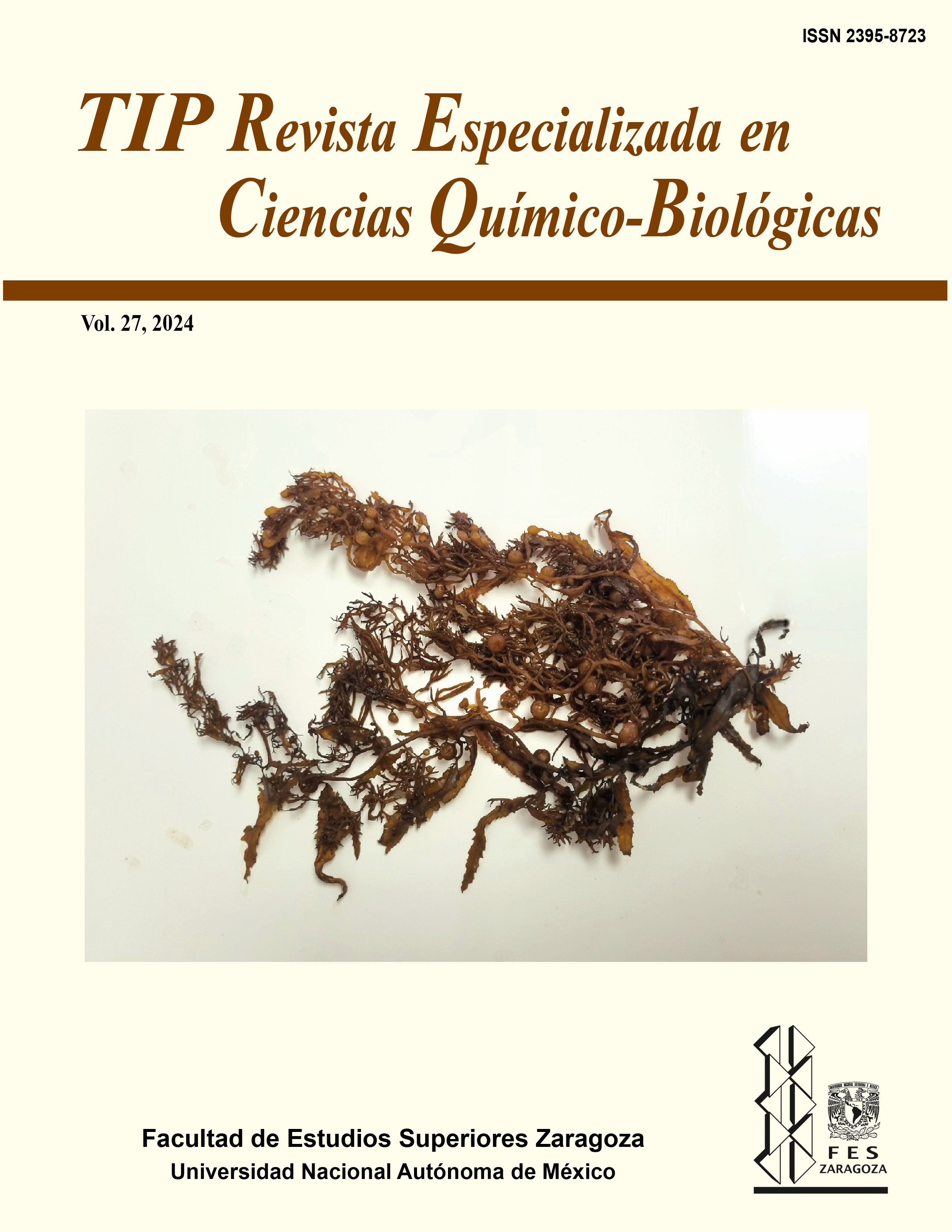Abstract
Diabetic kidney disease (DKD) is a severe complication of diabetes and the leading cause of end-stage renal disease in Mexico and worldwide. This review examines the complex pathophysiology of DKD, highlighting the emerging role of ferroptosis, an iron-dependent form of regulated cell death. Chronic hyperglycemia, characteristic of diabetes, triggers a cascade of events including oxidative stress, inflammation, and metabolic alterations, creating an environment conducive to ferroptosis in renal tissue. Recent evidence suggests that dysregulation of iron metabolism and exacerbated lipid peroxidation, key elements of ferroptosis, significantly contribute to renal damage in DKD. This review analyzes the interaction between traditional mechanisms of diabetic kidney injury and ferroptosis, exploring how this form of cell death could represent a new therapeutic target. Understanding the role of ferroptosis in DKD is crucial for developing innovative strategies for the prevention and treatment of this complication.
TIP Magazine Specialized in Chemical-Biological Sciences, distributed under Creative Commons License: Attribution + Noncommercial + NoDerivatives 4.0 International.



